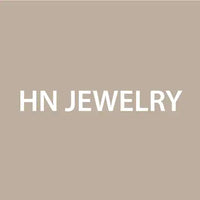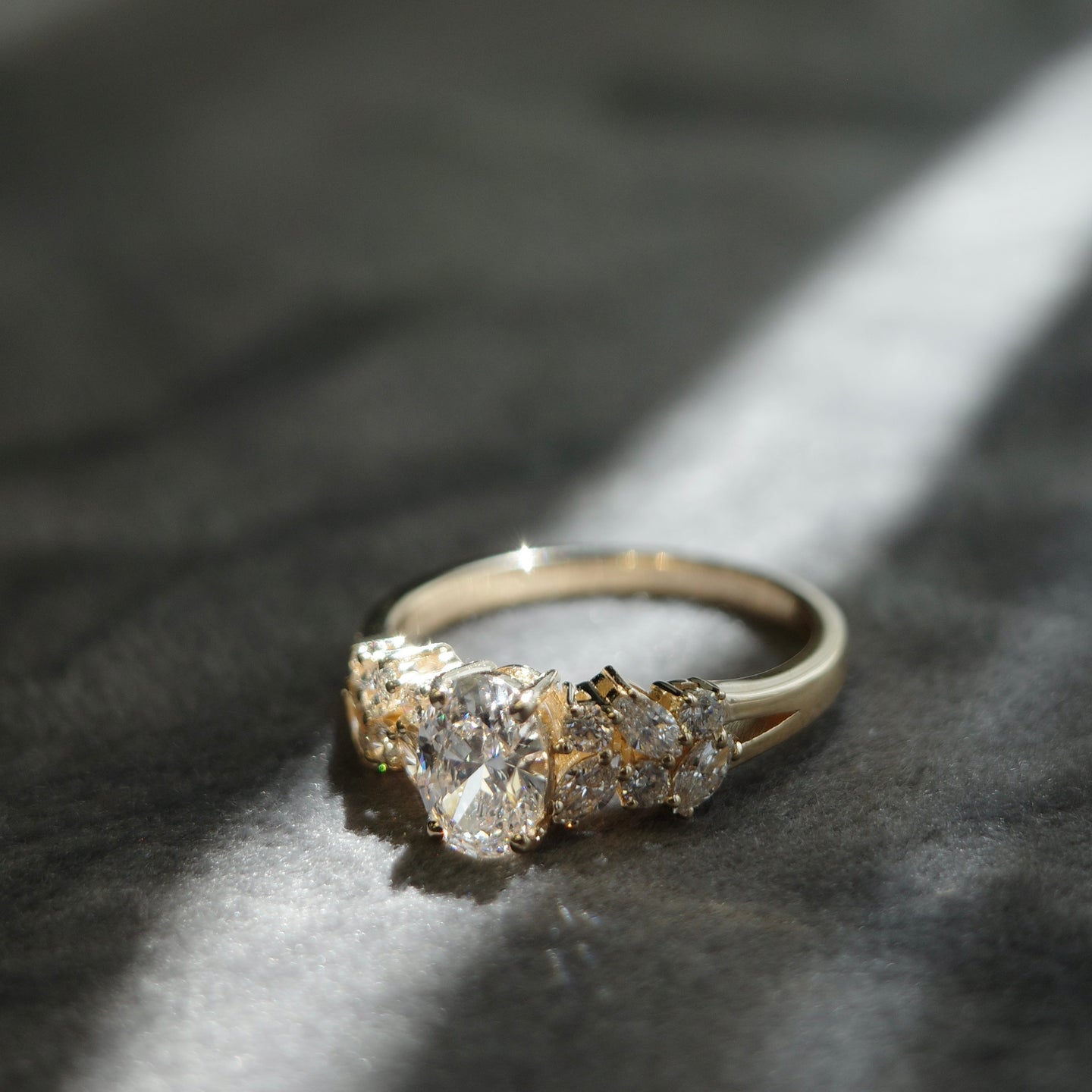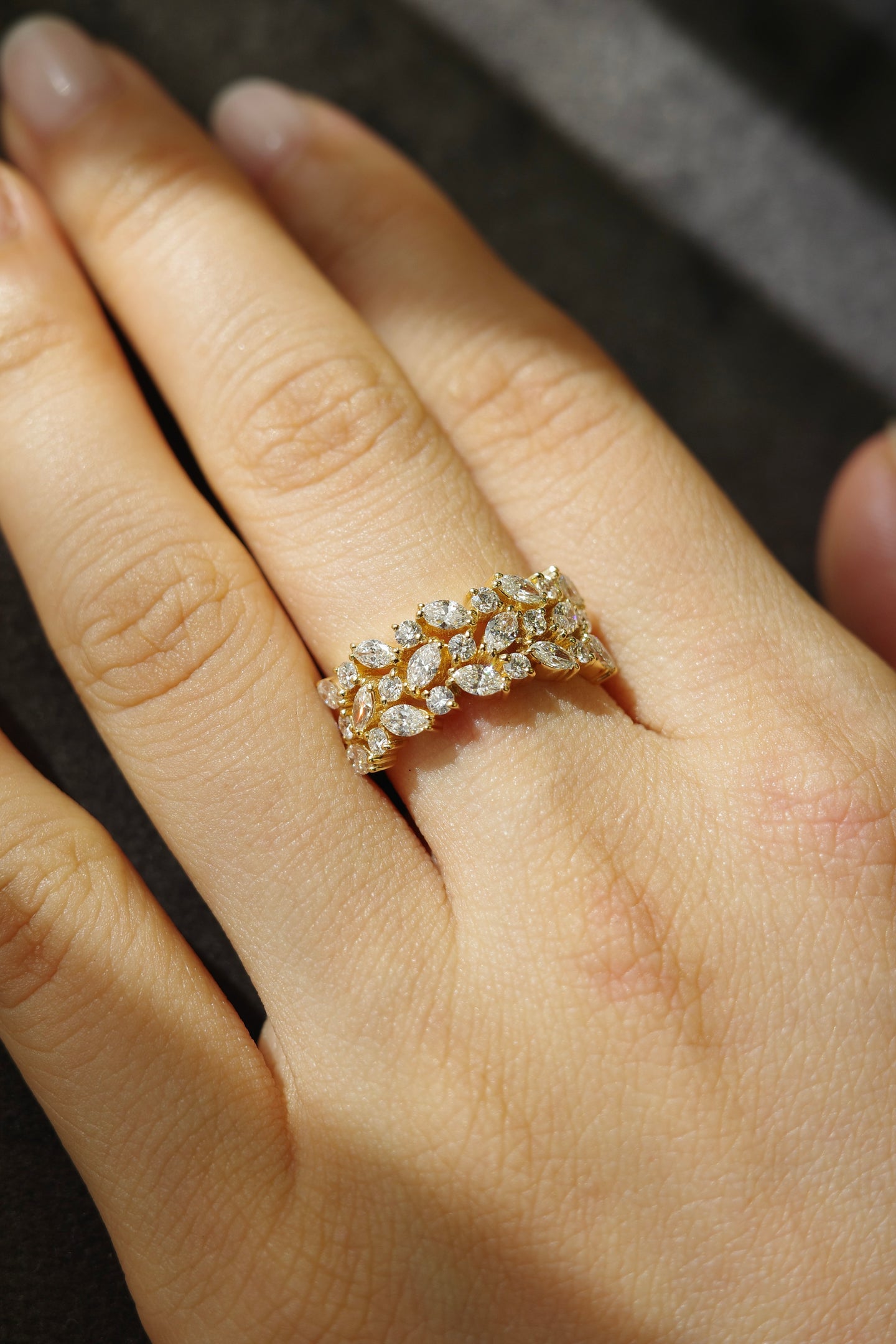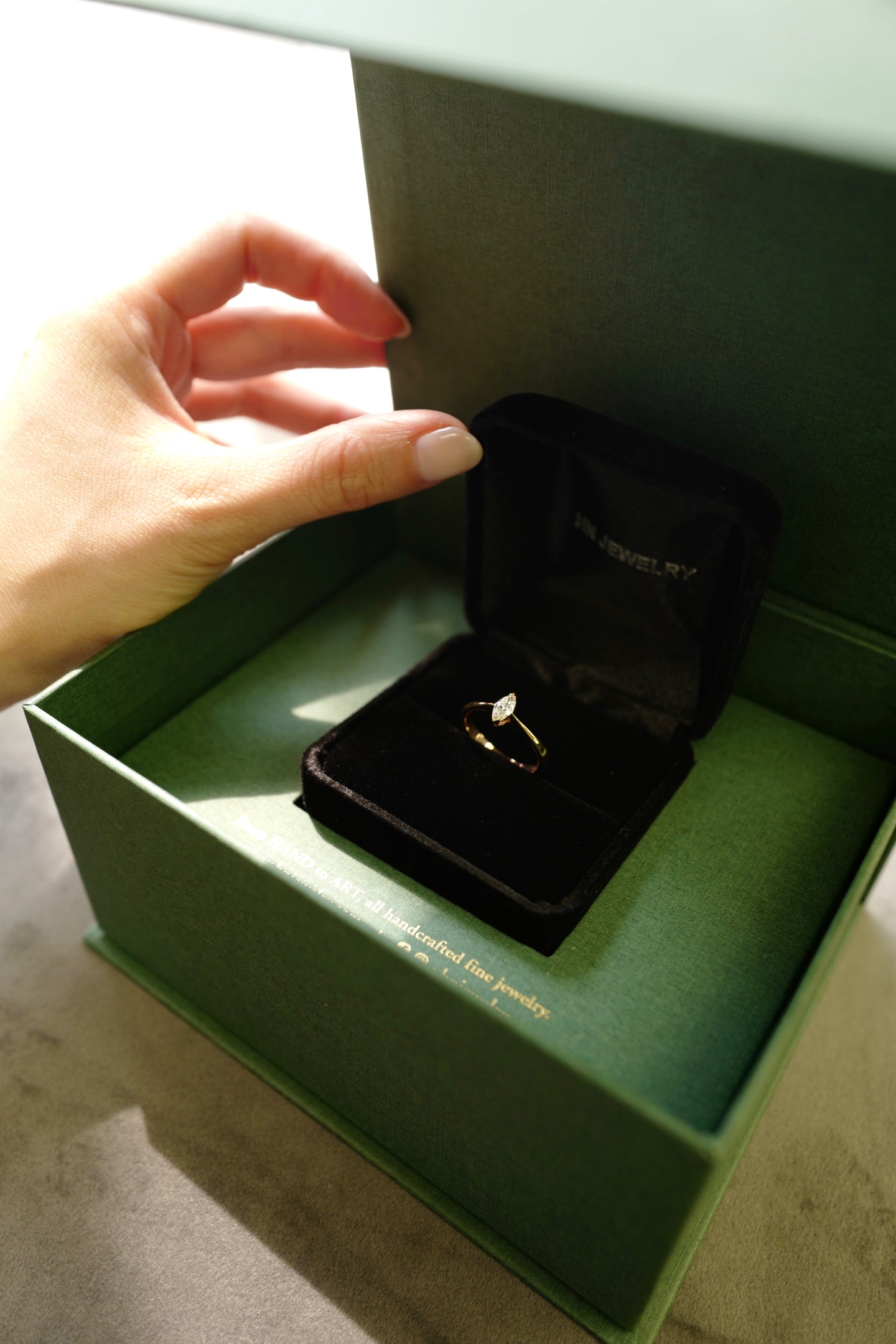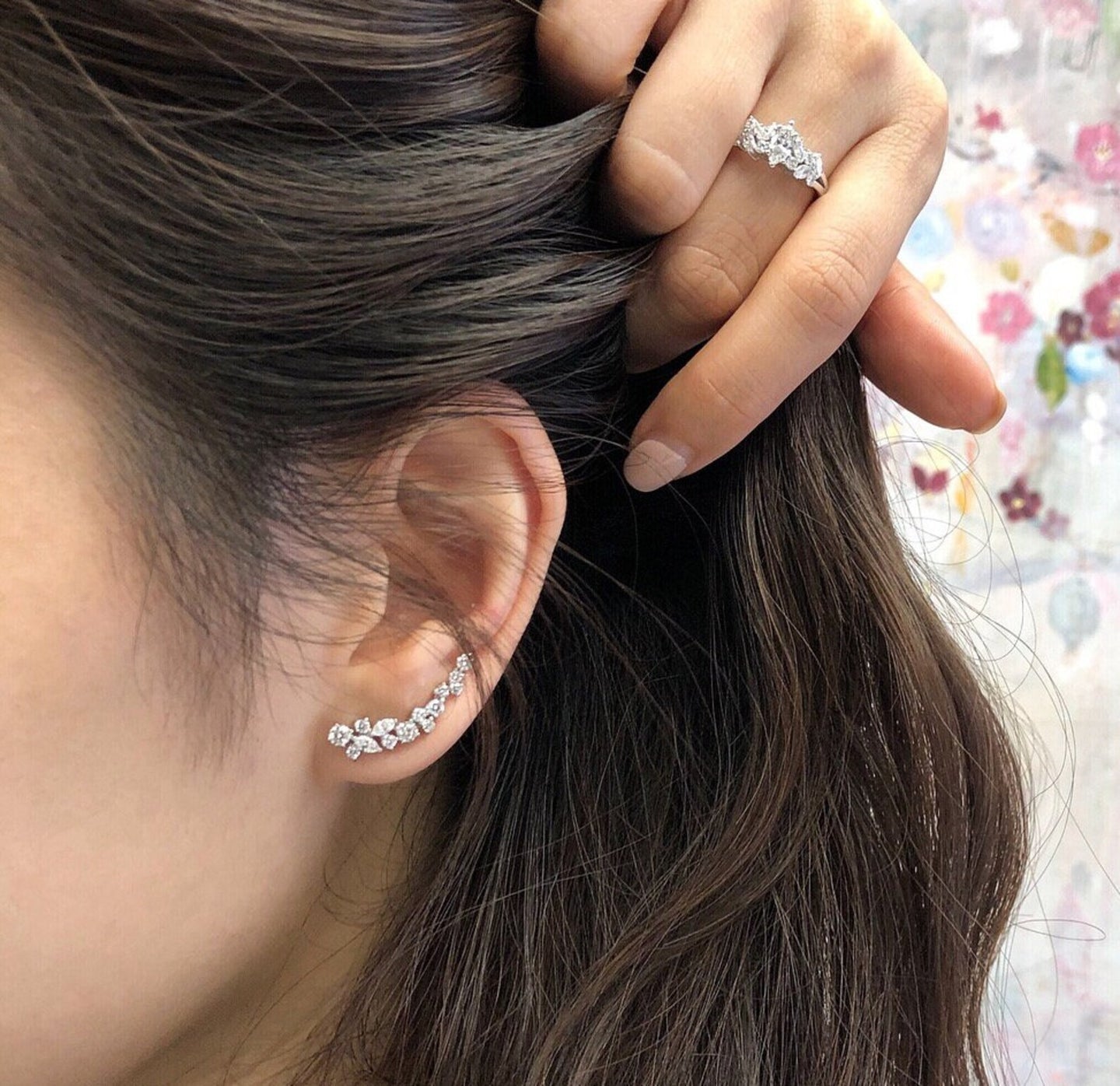Shopping Tips for Wedding Ring
You’ve purchased the engagement ring, pulled off the proposal, and learned a ton in the process. Now it’s time to set your sights on the wedding ring. Start here.
The Basic
There are three broad categories of wedding rings that apply to both genders: plain, diamond, and gemstone.
A plain wedding ring refers to a metal band that does not have any gemstones, but may have other embellishment such as milgrain, or a contrasting metal inlay. Plain rings also come in a variety of finishes (hammered, brushed) and fits. The fit refers to how the ring rests on the finger and how high off the finger it extends. A comfort fit ring has a more rounded inner edge.
A diamond wedding ring can be an eternity band, with diamonds completely encircling it, or an band with diamonds partly encircling it. Diamond wedding rings come in a variety of shank setting options, including channel, shared prong, pavé, bezel.
Gemstone bands are most typically comprised of sapphire and diamond, but can include (most) any gemstone you wish.
Choosing the metal
Diamonds are always set in platinum or gold. Those two metals are strong and durable enough to protect and secure that precious stone.
Platinum
Referred to as a Noble metal due to its superior ability to withstand corrosion and oxidation, platinum is a naturally white metal that develops a lovely patina over time that can be buffed back to a shine if desired.Gold
Most commonly yellow, gold can also be white or rose-colored when mixed with different alloys. White gold is electroplated with rhodium, an extremely strong metal that helps maintain the white tone.More info about choosing 14K Gold VS Platinum here
Matching or Complementary?
Choosing the perfect mate to an engagement ring hinges on whether you’re looking for a wedding ring that matches it or complements it. Our Wedding Ring Matcher tool walks you through the process and helps make your decision an easy one.
What is a Perfect Match?
When the size of the diamonds along the shank, prong style and metal of the engagement and wedding rings are visually the same they are considered a perfect match. Some wedding rings follow the curvature of the engagement ring creating an almost seamless fit.What is a Complementary Match?
No, we don’t mean the ring is free. A complementary match refers to a wedding ring that flatters the engagement ring it’s paired with rather than matching it perfectly. An example of a complementary match would be a diamond wedding ring paired with a sapphire and diamond sidestone engagement ring.You Decide
Sometimes you just like what you like. If you want a rose gold band with a white gold engagement ring, there’s no one stopping you from making that a reality. You do you.These same considerations are applicable if you’d like to match your wedding rings to each other. Some couples intentionally choose the same ring, while others choose rings that flatter each other and share a similar decorative element.
More info about how To pick a wedding band that complements with your engagement ring
Tips for Buying Wedding Rings
Buying a high quality wedding bands
You will be wearing this ring on your finger for the rest of your life. Avoid choosing a low-end model that is of poor quality or that could end up being uncomfortable. Even if they are cheaper options, mass-produced jewels cannot be comfortable for all fingers.
Be ahead of time
Be ahead of time. If the jewel itself normally takes a few weeks to be crafted, making your final decision can take a lot more. Offer yourself the peace of mind and plan ahead of time as much as possible. By doing so, you give yourself ample time to design customized wedding bands that will suit your taste.
Don't compare yourself to others
Your goal is to find a jewel in the image of your partner and your love. Not the neighbours’. So go with a style that your better half appreciates and that also represents you. Avoid comparing size, price or style with others.
Stay true to yourself and take the time to learn your partner's true tastes. Ask questions to trusted people that know your partner well. They will undoubtedly be of great help.
How do we find out our finger size?
A rather simple question to which almost everyone ignores the answer. The ideal scenario would be to visit a professional jeweller and to take the measurements together. But, if you are well prepared and want to order the ring before the proposal ... there is a solution! Here are some tips.
Should you buy online?
Today, the traditional marriage market is twinned with that of technology. In the case of personalized wedding rings, this is a very positive change.
Avoid purchasing your wedding bands from well-known online sales platforms.
Online shopping also makes it possible to avoid hard selling techniques. You can simply take the time to review each model in the comfort of your home. Obviously, it is preferable to opt for a company that also offers a telephone service with the jeweller, and whose communication policy is not strictly limited to email. This contact, more human, will help you get the answer to your questions and to establish a relationship of trust with the jeweller.
The most important thing is to choose trusted companies that offer a personalized service, just like the one you would get if you were there in person, no matter the distance. For everything else, the steps remain the same. Often, this will help you respect your budget while allowing you to get unique and irreplaceable customized wedding bands.
Discover our wedding band collection here


